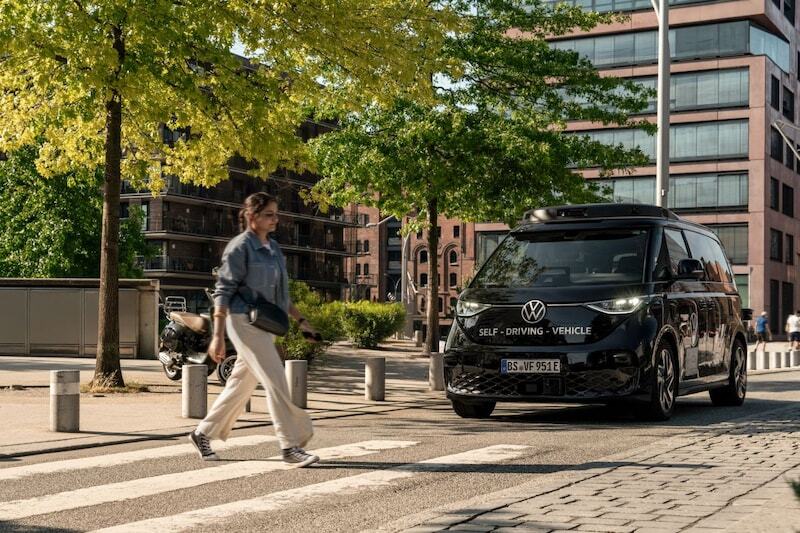
Public transport system with ID Buzz
Volkswagen subsidiary Moia is working hard on a public transport system with self-driving ID Buzz buses. We drove along in Hamburg to see to what extent the project is viable.
Christian Senger is a tough guy. He has to be, because he was removed from the Board of Directors of Volkswagen a few years ago after the debacle with the software of the first ID models. Senger ended up in the Siberia of Volkswagen and was given the leadership of the self-driving car department, a project that at the time seemed to be on its last legs.
The former technical engineer has had quite a few headaches since taking over. Not only did he have to integrate hardware (buses) with software (self-driving operating systems), he also had to convince legislators, capitals and sometimes entire governments that it is really possible to make cars drive better than people. Even in extremely complex inner cities, such as that of Hamburg.
But Senger found his way up. Today he shines as chairman of Volkswagen Autonomous Mobility. Because with subsidiary Moia, he seems to be achieving his goal of having fully autonomous buses driving on a large scale in European inner cities within two years.
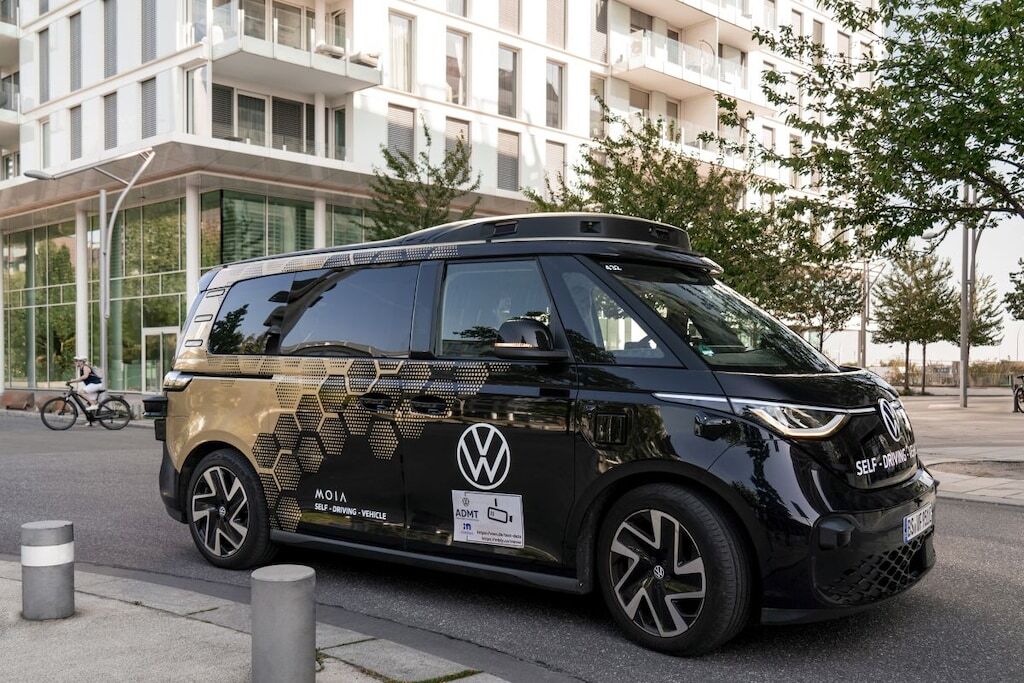
Self-driving car saved from death
About three years ago, the self-driving car seemed dead and buried. Self-driving taxis from Waymo and Cruise got stuck in the US at the drop of a hat, they blocked access for emergency services, kept entire neighborhoods awake with their honking or stalled en masse when the 5G network was overloaded. That, in combination with the consequences of the corona crisis, contributed to General Motors completely stopping its subsidiary Cruise two years ago.
Safety problems, operational problems and a lack of public trust were the basis for this. The problems included incidents involving collisions with pedestrians and emergency services, as well as concerns about the ability of the vehicles to handle certain situations, such as recognizing children. The then state of the art made it simply impossible to make computers think and react like humans and so the self-driving car seemed to be heading for the scrapheap.
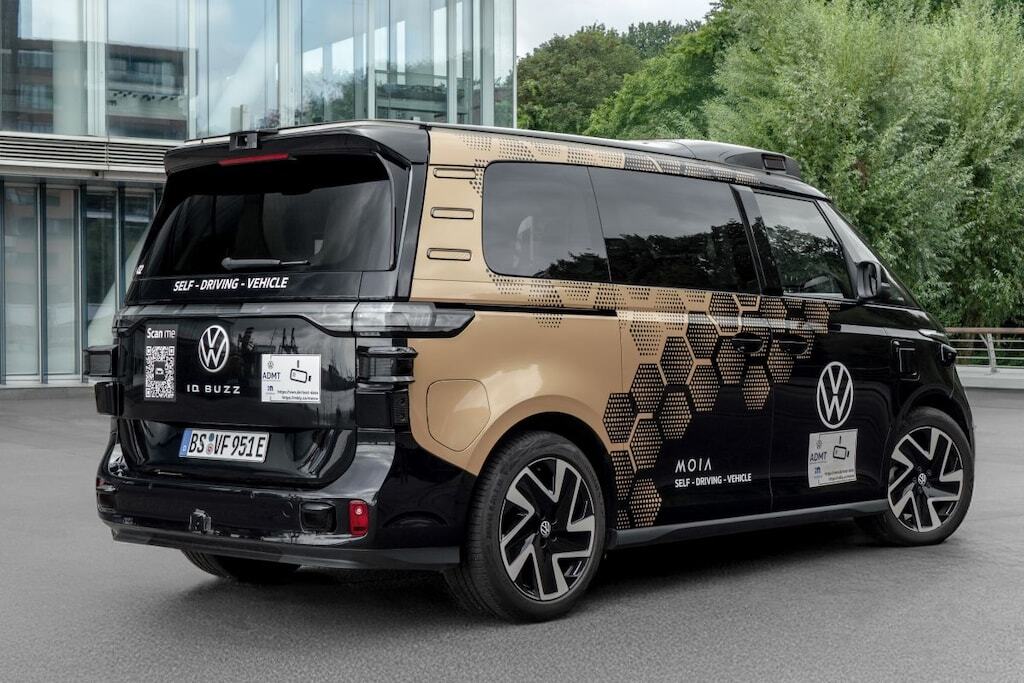
AI also proved to be a game changer here
But then came AI. Artificial intelligence also proved to be a game changer here. Waymo persevered and eventually won trust, so that today you can have a driving robot transport you in cities such as Los Angeles, Las Vegas and San Francisco virtually without any problems. Tesla also continued to believe in the self-driving car, with the result that Elon Musk’s brand is now also experimenting with virtually production-ready robotaxis that can move autonomously.
In the meantime, no manufacturer could be found in Europe who wanted to venture into this headache file. In all of Europe? No, because in the deepest secret Volkswagen was working behind the scenes on a fully self-driving ID Buzz. They did this in collaboration with Moia: call it the Waymo of the Volkswagen Group.
“The consequence of the breach of trust of a few years ago is that we in Europe are now two years behind the US,” says Senger. “But we are now doing it right in one go. So don’t retrofit electric Jaguars or Volvos with cameras and radars, but ensure ‘ex works’ that all systems are integrated. The electric ID Buzz from Moia therefore rolls off the production line at Volkswagen as a ready-made autonomous car. With lidar on board: a laser-guided radar that sees everything in the area, come rain or shine.
With or without lidar
Tesla is also working hard on a self-driving car and it does so without lidar. This makes Tesla a lot cheaper. “That may be possible in a state like California,” says Senger. “But we have to be prepared for everything; fog, rain, hail, snow and then you can’t do without it. In addition, all our sensors are equipped with cleaners that can clean the surfaces with air and water pressure if necessary.”
According to Senger, we are driving with a prototype today and that is why there is a driver on board who can intervene when necessary. It works as follows: you choose your destination via an app, the ID Buzz AD (Autonomous Drive) comes to you and automatically opens the side door. You check in with your smartphone or a code, after which the ride begins.
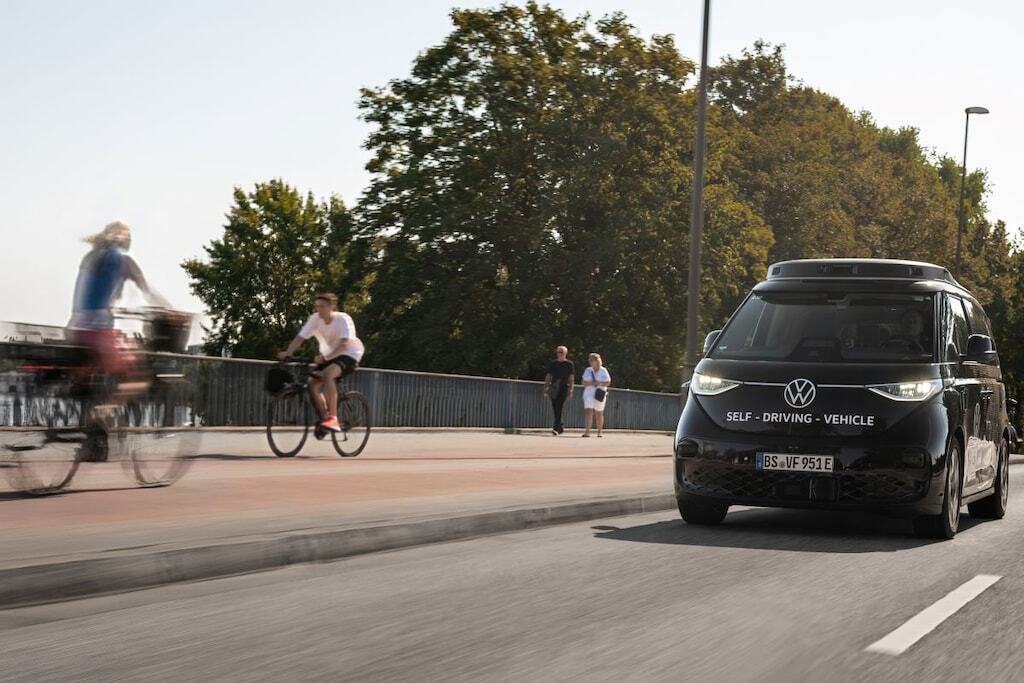
For a good half hour, the ID Buzz drove completely independently through the busy German port city. The Volkswagen smoothly changed lanes, passed cyclists at a safe distance and automatically stopped for red lights. In addition to nine lidars, the Volswagen uses thirteen cameras, five radars and 27 sensors that monitor everything in 360 degrees around it. Furthermore, the computers are fed by real-time data from other Volkswagens in the city. This means that the driver behind the wheel does not have to intervene even once.
The shuttle has space for four passengers, who are easy to monitor via an interior camera thanks to striking yellow seat belts. This way the system immediately sees whether everyone is safely buckled up. You will soon be able to order the ID Buzz for yourself, but also as a combined ride. “You can imagine that as a woman you would like to sit alone in the taxi at three o’clock at night,” says Senger. “That is possible, but it is more expensive.”
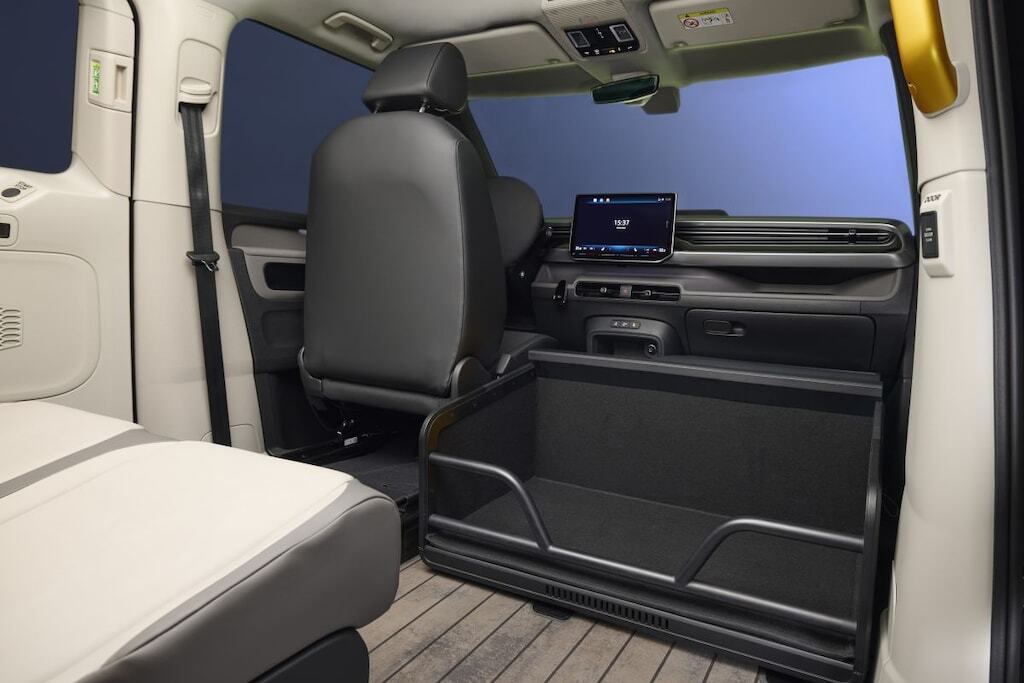
Self-driving taxis
Volkswagen sees a lot of potential in the market for self-driving taxis. Where it is still small now, a turnover of 350 to 450 billion euros is expected for 2035 in Europe and the US together. Major competitors are the aforementioned companies such as Waymo and Tesla in American cities and Baidu in China. Moia is also ready to deploy the self-driving taxis as a mobility offering with which operators of autonomous fleets can serve cities, suburbs and the countryside with its low service demand.
The company recently signed a framework agreement with Uber for a maximum of 10,000 vehicles in Los Angeles. In addition, negotiations are underway with the city council of Berlin for services in the German capital and, in addition, the Dutch Volkswagen importer Pon is very interested in bringing the self-driving electric Volkswagens to Amsterdam. The future of autonomous driving seems to have come a big step closer.